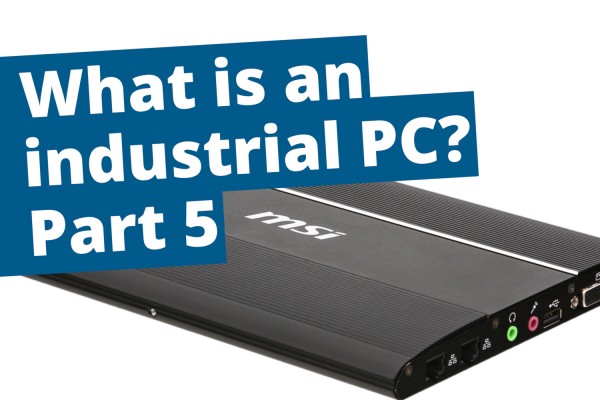Long-term availability of industrial PCs
Once you settled for on an industrial PC, it probably means everything fits: the PC's performance, its price, various software compatibilities, the dimensions and the cooling system. But what if, even years after the first purchase, there is still a need for the same industrial PC, perhaps because, let’s say, the project is to be expanded further, or because a replacement system is needed? For this reason, the hardware manufacturer ensures long-term availability. For instance, to avoid costly and time-consuming recertification procedures, Intel guarantees long-term availability of its embedded CPUs up to a maximum of 15 years.
Identical successors: Industrial PCs from msi IPC and spo-comm
Let's assume the following scenario: You are using a specific Mini-PC. But after countless years of reliable use, it is time to go with the state of the art and rely on the latest technology. So what you would like to do is to buy a new Mini-PC. But in your product solution there is only a certain amount of space provided. So the new computer may, regarding its size, not be greater than the previous system. Best case would be to have a successor model that is identical to its predecessor, right? Sounds like a dream to you? It is not. Because msi IPC shows with a storybook-like product development how to establish identical successors in the market.
A prime example of identical successor models are the industrial PCs from the WINDBOX series. Due to the very flat design of the passively cooled Embedded-PCs, the systems fit easily into their environment. Thanks to the close cooperation and continuous development of Mini-PCs between msi IPC and spo-comm, it has been ensured, since 2008, that this will still be the case for future scenarios. The industrial PCs from the WINDBOX family can easily be replaced by newer models, without having to worry about the fact that the available space would not be enough. New models of the WINDBOX series always have exactly the same dimensions as their predecessors, while the interior / hardware and connections are brought up to date.
Any questions? Or are you looking for a suitable industrial PC? Our consultants will gladly assist you in the selection!
Curious about industrial PCs? Click here for all industrial PCs from spo-comm:









